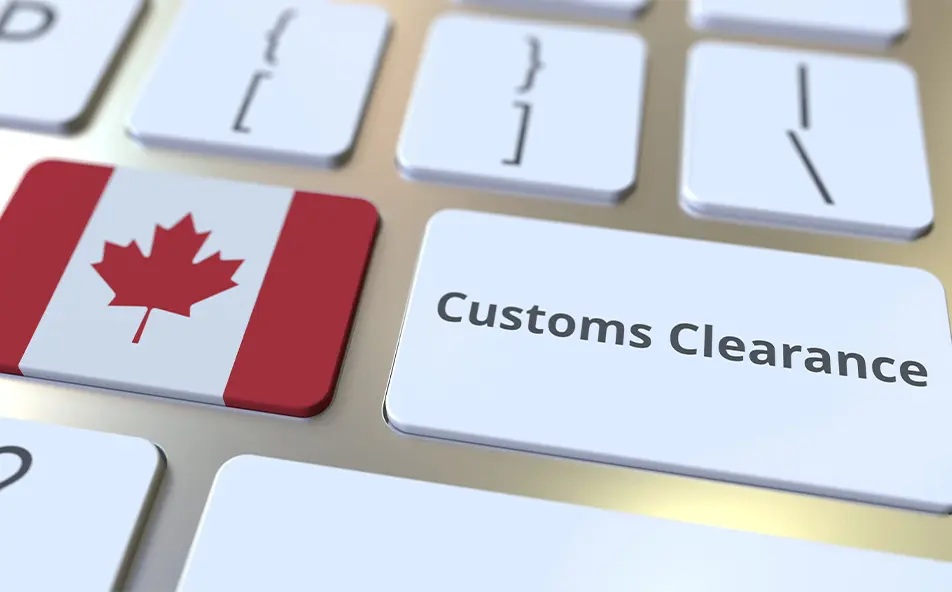English
Search
Transpacific route: China to Canada's West Coast.
This route originates from major Chinese ports such as Ningbo, Shenzhen, Qingdao, and Shanghai, destined for ports on Canada's West Coast, including Prince Rupert and Vancouver. This is the most direct, efficient, and cost-effective route from China to Vancouver. However, it does not benefit customers in Toronto and does not align with Canada's vast and sparsely populated nature. The characteristics of Canada necessitate that rail transport plays a crucial role.
Transpacific route: This route differs from the first one as its destination is the East Coast of Canada, primarily the Port of Montreal.
This route is rarely used by shipping companies, with MSC currently utilizing it. Although the all-water route theoretically offers lower costs, in practice, route one is the preferred choice for the majority of shipping companies.
CN-US-CAN route: This route combines sea, truck, and rail transport. Many successful e-commerce sellers, especially Amazon sellers, choose this route.
After the ship arrives at the Port of Los Angeles, the goods enter the customs supervision warehouse on the West Coast and are then transported by truck across the US-Canada border to Toronto for customs clearance. Its main advantage is speed. This route, paired with Matson's CLX service, forms the Super Fast Sea Freight to Canada.
Calculating duty and taxes when importing goods from China to Canada involves several steps. Here’s a general guide to help you:
1. Determine the Harmonized System (HS) Code
Each product has an HS code, which is used internationally to classify traded products. This code is crucial because it determines the duty rate for your product. You can find HS codes through the Canada Border Services Agency (CBSA) or the World Customs Organization.
2. Determine the Duty Rate
Once you have the HS code, you can determine the duty rate for your product. You can look up the duty rate on the CBSA website or use tools like the Canada Tariff Finder.
3. Calculate the Duty
Duty is calculated based on the cost of the goods, including freight and insurance (CIF value). The formula is:
Duty=CIF value×Duty rate\text{Duty} = \text{CIF value} \times \text{Duty rate}Duty=CIF value×Duty rate
4. Calculate the Goods and Services Tax (GST)
GST is a federal tax applied to most goods and services in Canada. The GST rate is 5%. GST is calculated on the total value, including the cost of goods, duty, and any additional charges (like freight and insurance).
GST=(CIF value+Duty)×0.05
5. Provincial Sales Tax (PST) or Harmonized Sales Tax (HST)
Depending on the province where the goods are being imported, you may also need to pay PST or HST. The rates vary by province.
For example:
Ontario: HST is 13%
British Columbia: GST is 5% and PST is 7%
If applicable, calculate PST or HST on the total value (CIF value + Duty + GST).

Let's say you're importing goods with a CIF value of CAD 10,000, and the duty rate for your HS code is 8%.
1. Duty Calculation:
Duty=10,000×0.08=800
2. GST Calculation:
GST=(10,000+800)×0.05=540
3. HST Calculation (for Ontario):
HST=(10,000+800+540)×0.13=1,742.20
Total import cost including duties, taxes, and original CIF value:
Total=10,000+800+540+1,742.20=13,082.20

Key Points:
1. Ensure you have the correct HS code to determine the correct duty rate.
2. Be aware of any additional fees or charges that may apply.
3. Check the specific tax rates for the province where the goods are being imported.
4. Use the CBSA and provincial tax authority resources for accurate information and calculations.